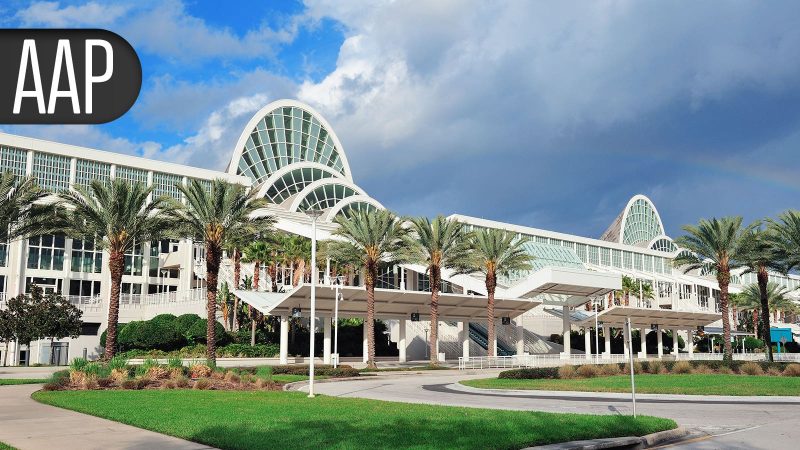Bans on High-Capacity Magazines Tied to 91% Drop in Child Deaths in Mass Shootings

ORLANDO — Gun laws that banned the sale of large-capacity magazines had a meaningful impact on pediatric deaths associated with mass shootings, according to a database analysis.
Among 178 pediatric mass shootings in the U.S. identified from 2009 to 2020, laws banning the sale of large-capacity magazines were significantly linked with a reduction in child deaths (OR 0.09, 95% CI 0.02-0.47, P<0.05), reported Pamela Emengo, MD, of Stanford University in California, and colleagues.
“The literature, when we look at it, really doesn’t have a lot of information about which gun laws work to prevent mass shootings, and especially doesn’t have information on how to prevent mass shootings involving children,” Emengo said at the American Academy of Pediatrics (AAP) annual meeting.
In an effort to help fill this research gap, “we found that large-capacity magazine bans were effective in preventing…deaths [by] mass shootings involving our age group, and this reduction in deaths was about 91%,” Emengo said. “And we found that that was pretty significant.”
At the same time, “when we looked to see whether these large-capacity magazine bans were implemented in the United States,” they were “really not,” Emengo said. At the time of the study, only eight states had adopted large-capacity, or high-capacity, magazine bans. As of 2024, that number increased, but to just 14.
The goal is to “get this information out there to inform…what potential options we have,” Emengo said. Co-author Stephanie Chao, MD, also of Stanford, noted in a press release that “[w]e hope that research like ours can help legislators to make informed choices.”
Among other gun laws the researchers examined, those involving restriction of firearms around kids were the most common, Emengo and colleagues found. However, these laws failed to show significance in preventing mass shootings or child deaths, as did the next most common ones, extreme risk protection laws and universal background checks.
Emengo and colleagues evaluated data from the Everytown for Gun Safety database. Mass shootings were defined as those with at least four recorded deaths in which one or more of the victims were ages <21 years. The researchers found 131 pediatric mass shootings from 2009-2020.
They categorized gun laws into 10 groups: assault rifle bans, large-capacity magazine bans, permit requirements, extreme risk protection, universal background checks, concealed carry discretionary laws, gun possession, violent misdemeanor history, pediatric population, and child access barriers.
After controlling for demographic factors, Emengo and colleagues used logistic regression and a zero-inflated negative binomial model to analyze the relationship between these laws and mass shootings.
They noted that the research was limited to effects on pediatric mass shootings and that their findings were not generalizable to all pediatric or adult firearm-related deaths.
Disclosures
Emengo disclosed no relationships with industry.
Primary Source
American Academy of Pediatrics
Source Reference: Emengo P, et al “Do state gun laws affect pediatric mass shootings? A 2009 – 2020 year analysis” AAP 2024.








